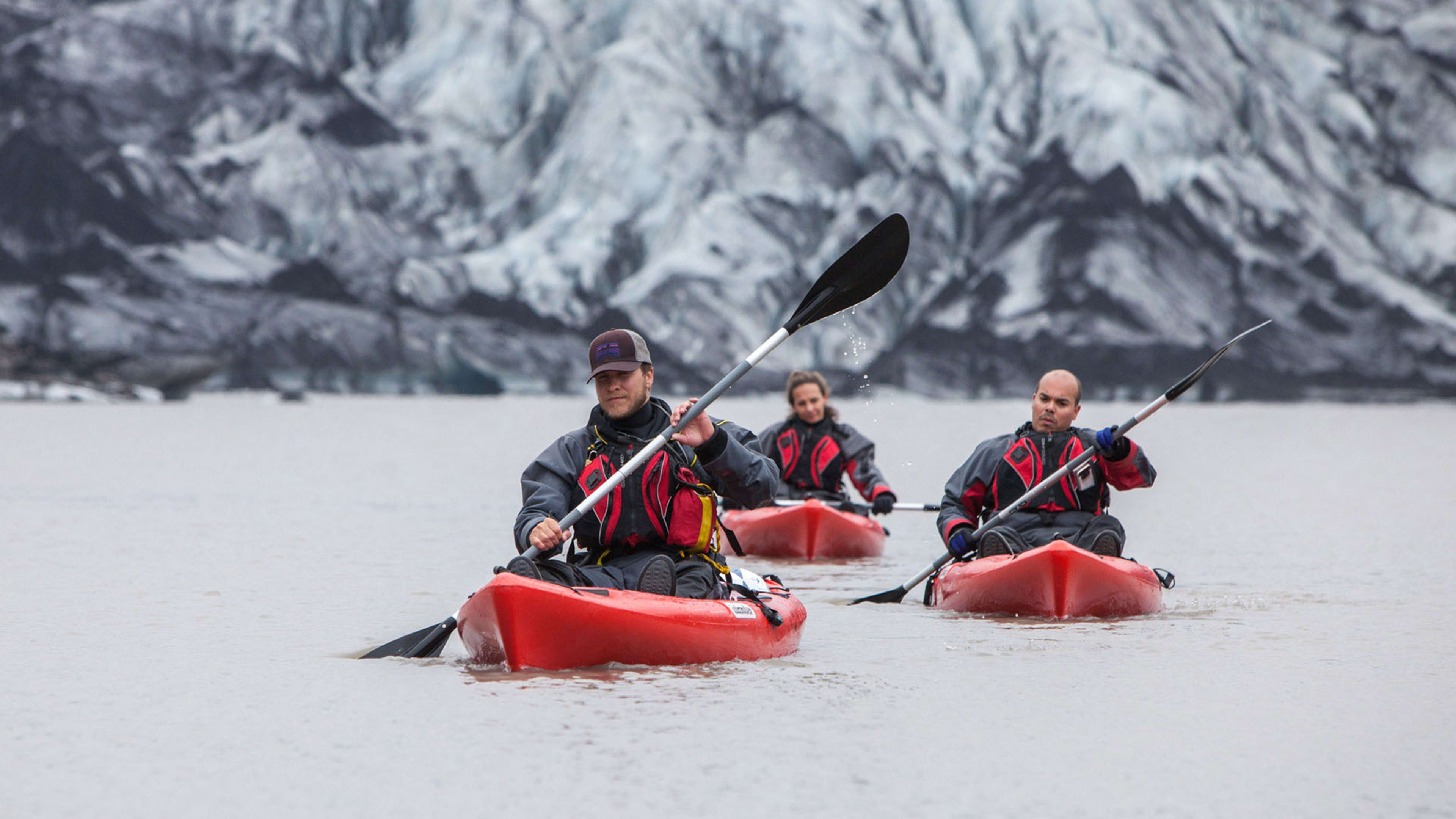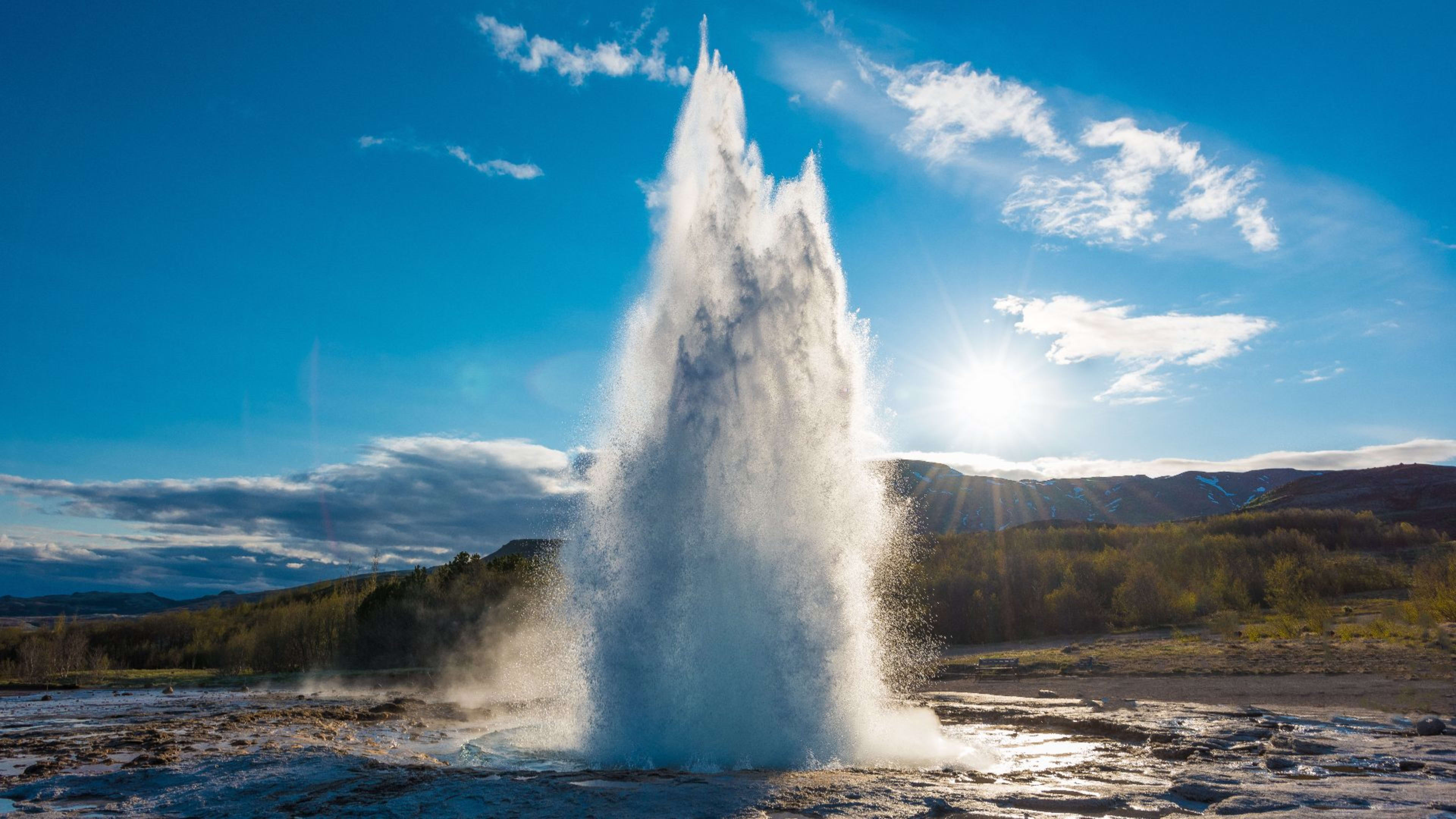Best time
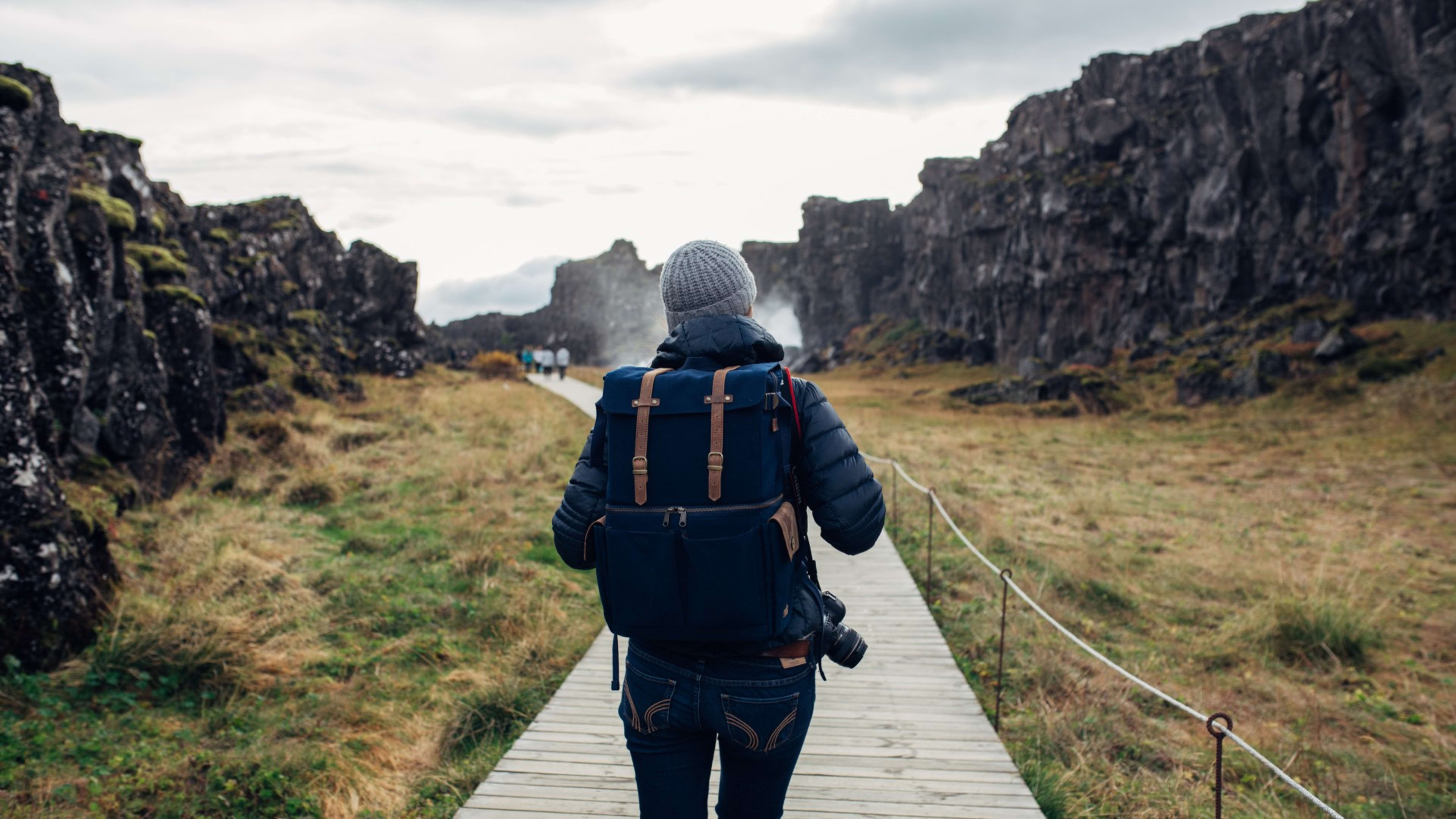 29 Apr 2024
29 Apr 2024Planning a Trip to Iceland
Plan your trip to Iceland like a pro with these expert tips.
Read more of the Planning a Trip to Iceland article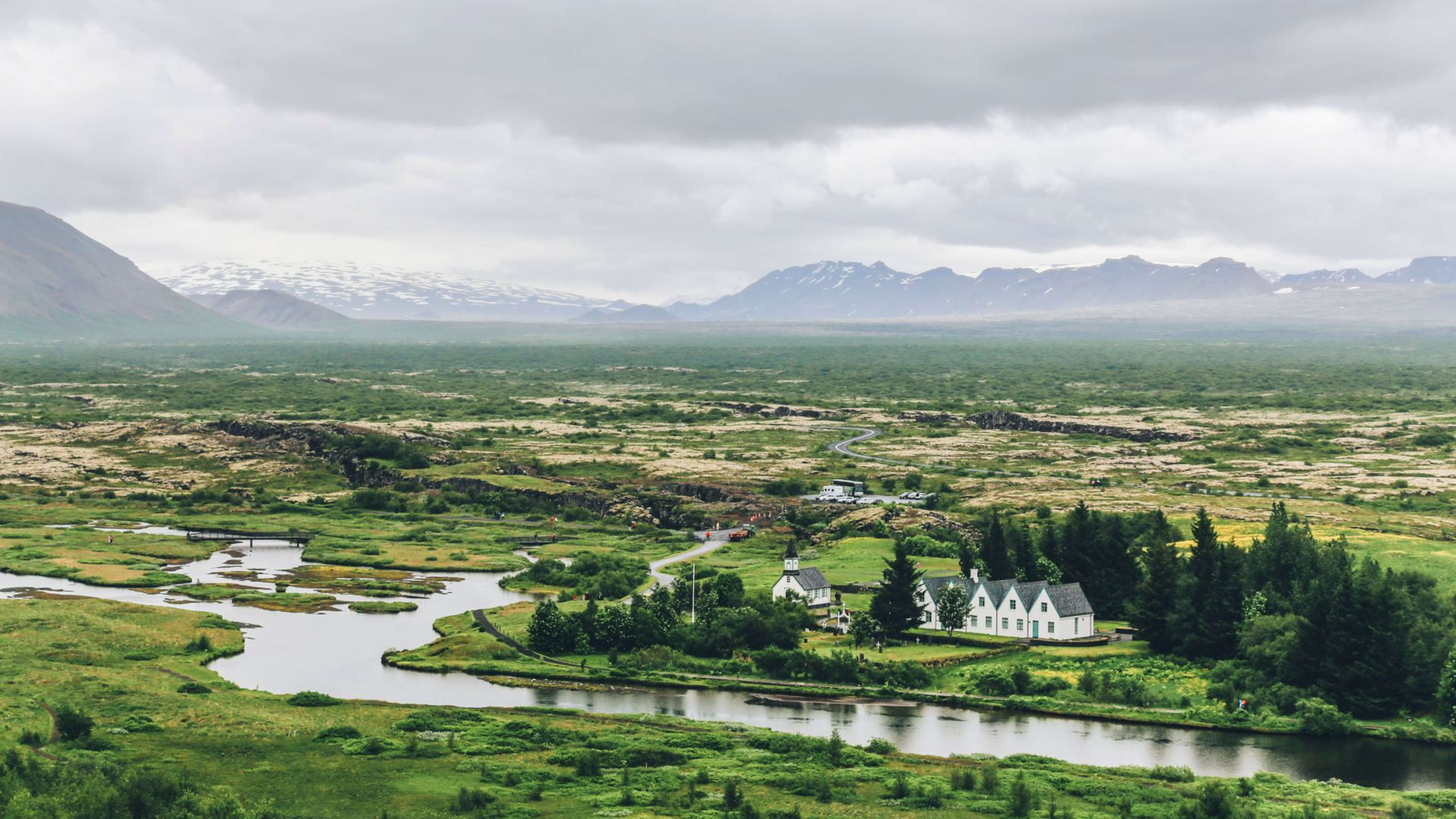 12 Feb 2024
12 Feb 2024Iceland in April: Things to See & Do
All the best things to see and do in the month of April.
Read more of the Iceland in April: Things to See & Do article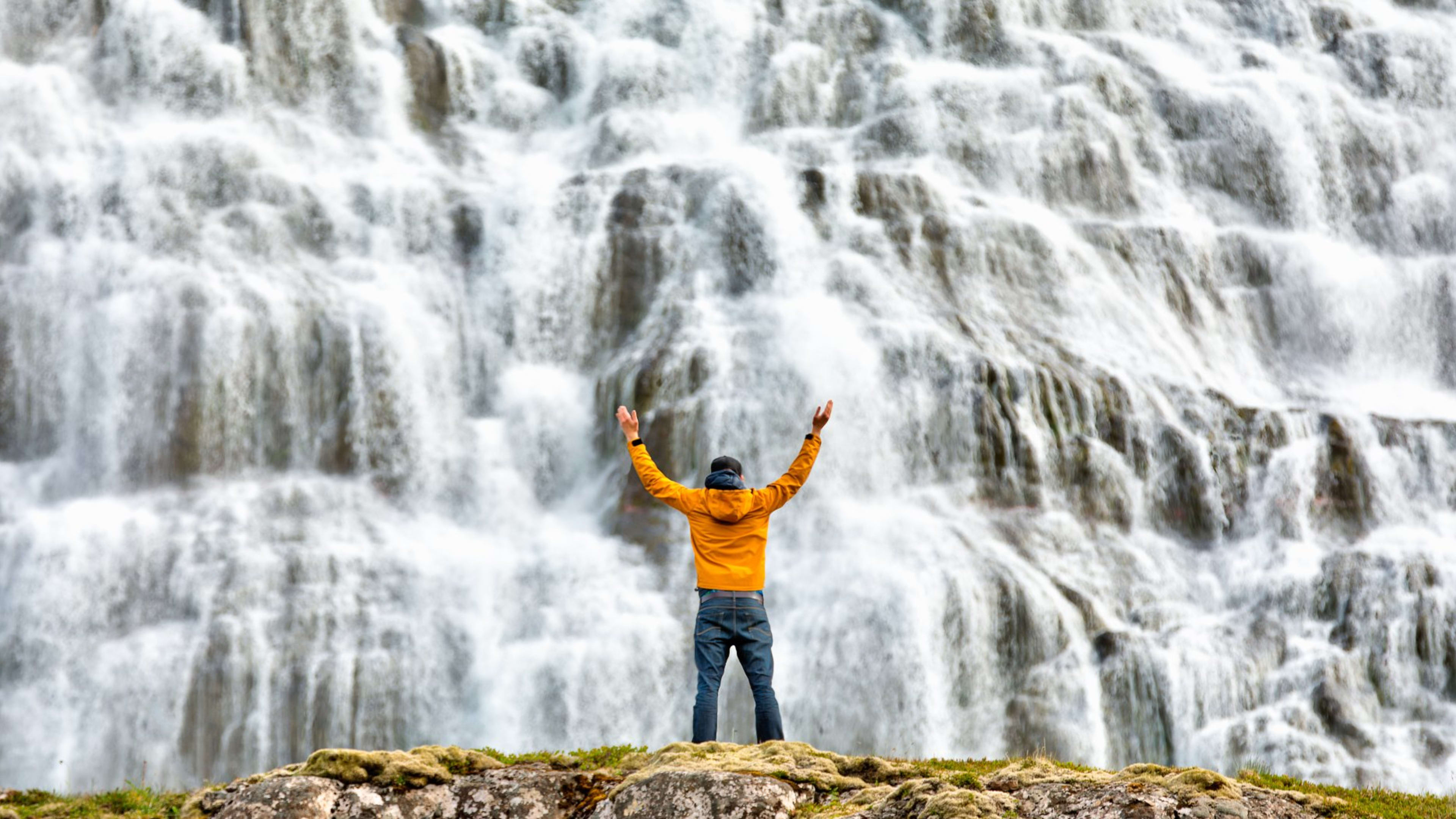 12 Feb 2024
12 Feb 2024Iceland in August: Things to See & Do
All the best things to see and do in the month of August.
Read more of the Iceland in August: Things to See & Do article 12 Feb 2024
12 Feb 2024Iceland in June: Things to See & Do
All the best things to see and do in the month of June.
Read more of the Iceland in June: Things to See & Do article 18 Jul 2023
18 Jul 2023Iceland in the Fall – Your Guide
Discover why autumn is a great time of year to explore Iceland.
Read more of the Iceland in the Fall – Your Guide article 28 Apr 2023
28 Apr 2023Midnight Sun in Iceland – Your Guide
Get the lowdown on this natural phenomenon that takes place during summer in Iceland.
Read more of the Midnight Sun in Iceland – Your Guide article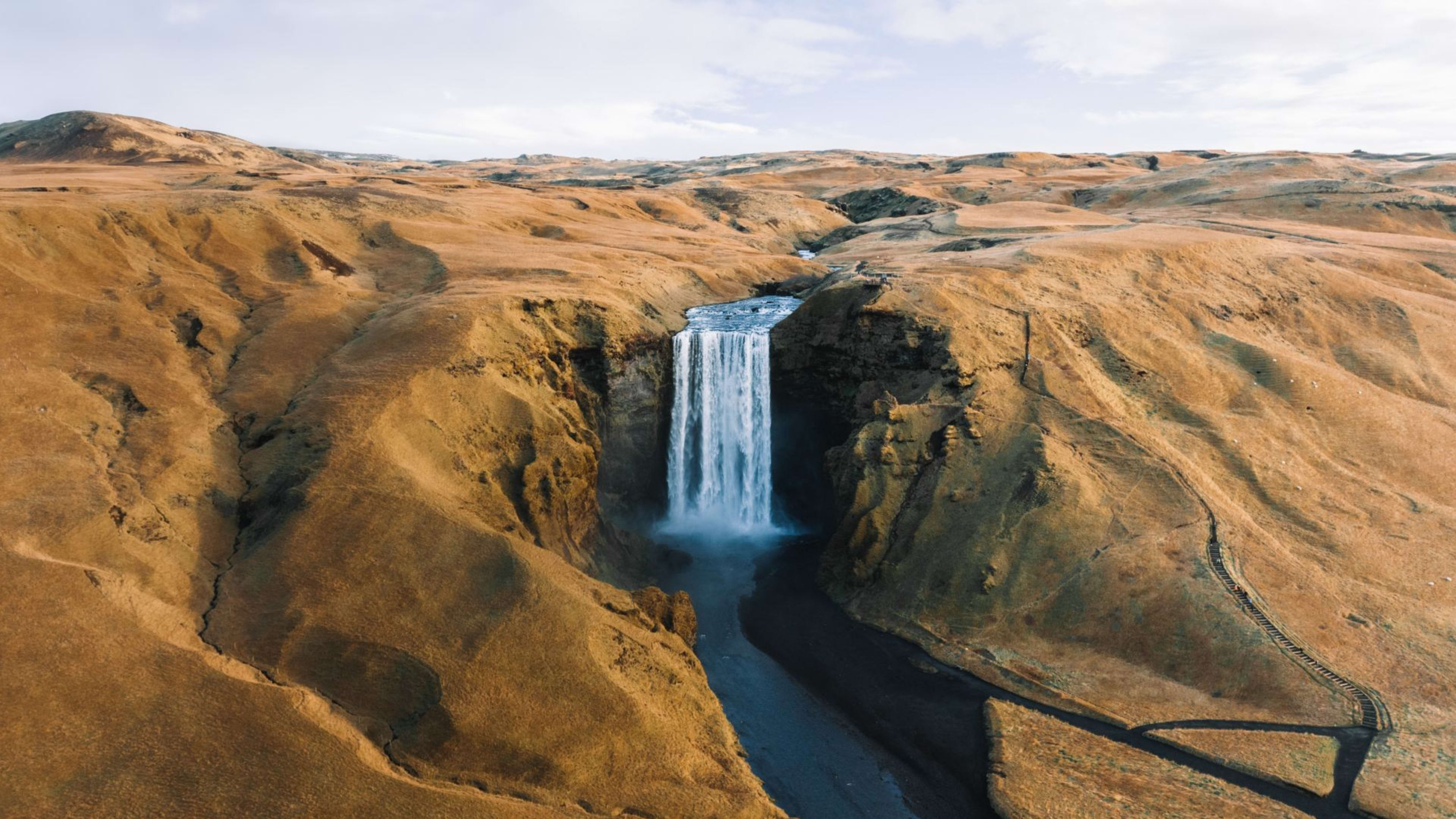 6 Feb 2023
6 Feb 2023How to Visit Iceland from the US – Travel Tips
Get answers to all your questions about planning a trip to Iceland from the United States.
Read more of the How to Visit Iceland from the US – Travel Tips article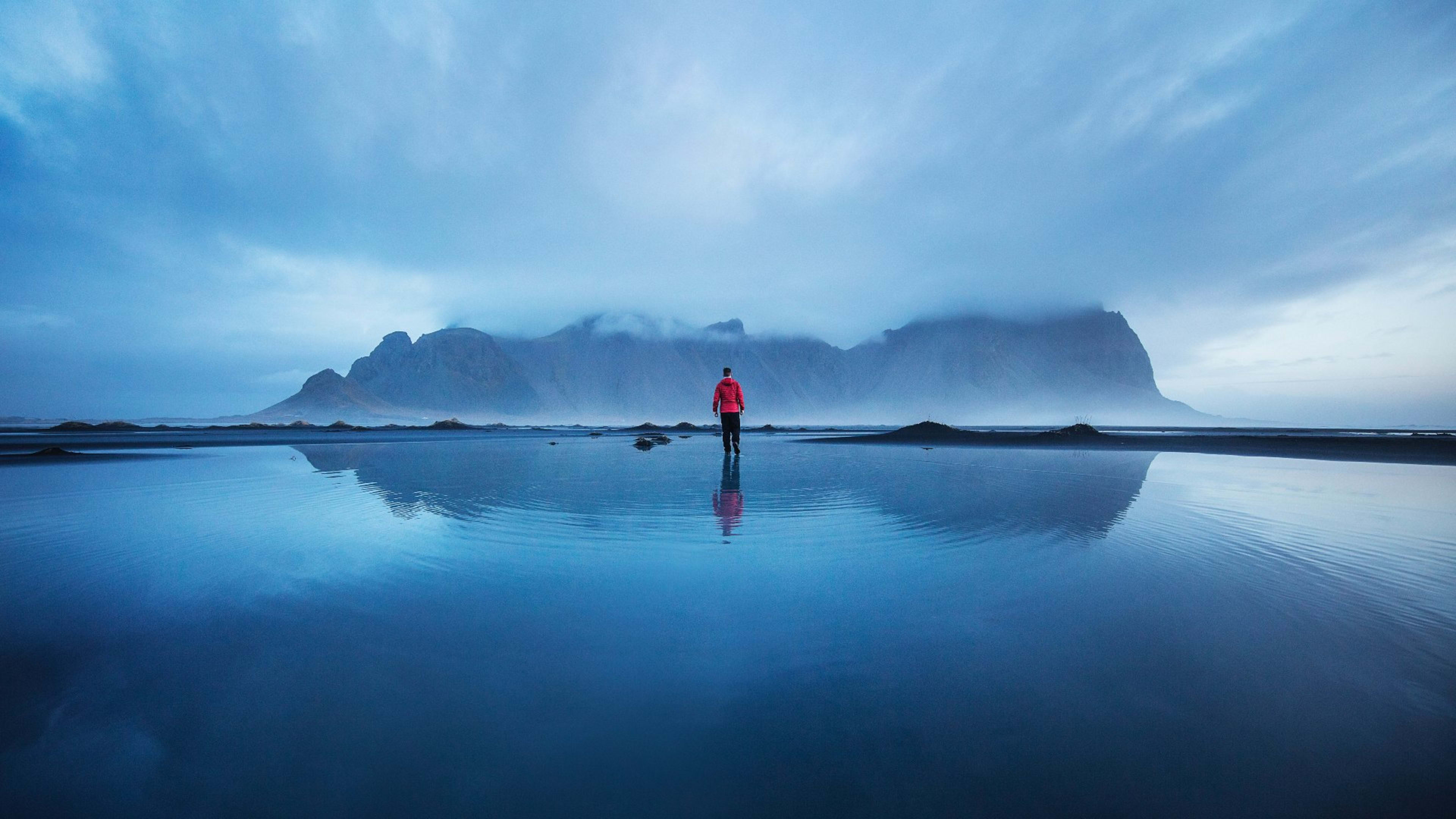 19 Jan 2023
19 Jan 2023How to Visit Iceland from the UK – Travel Tips
All the top tips for Brits looking for that perfect Iceland getaway.
Read more of the How to Visit Iceland from the UK – Travel Tips article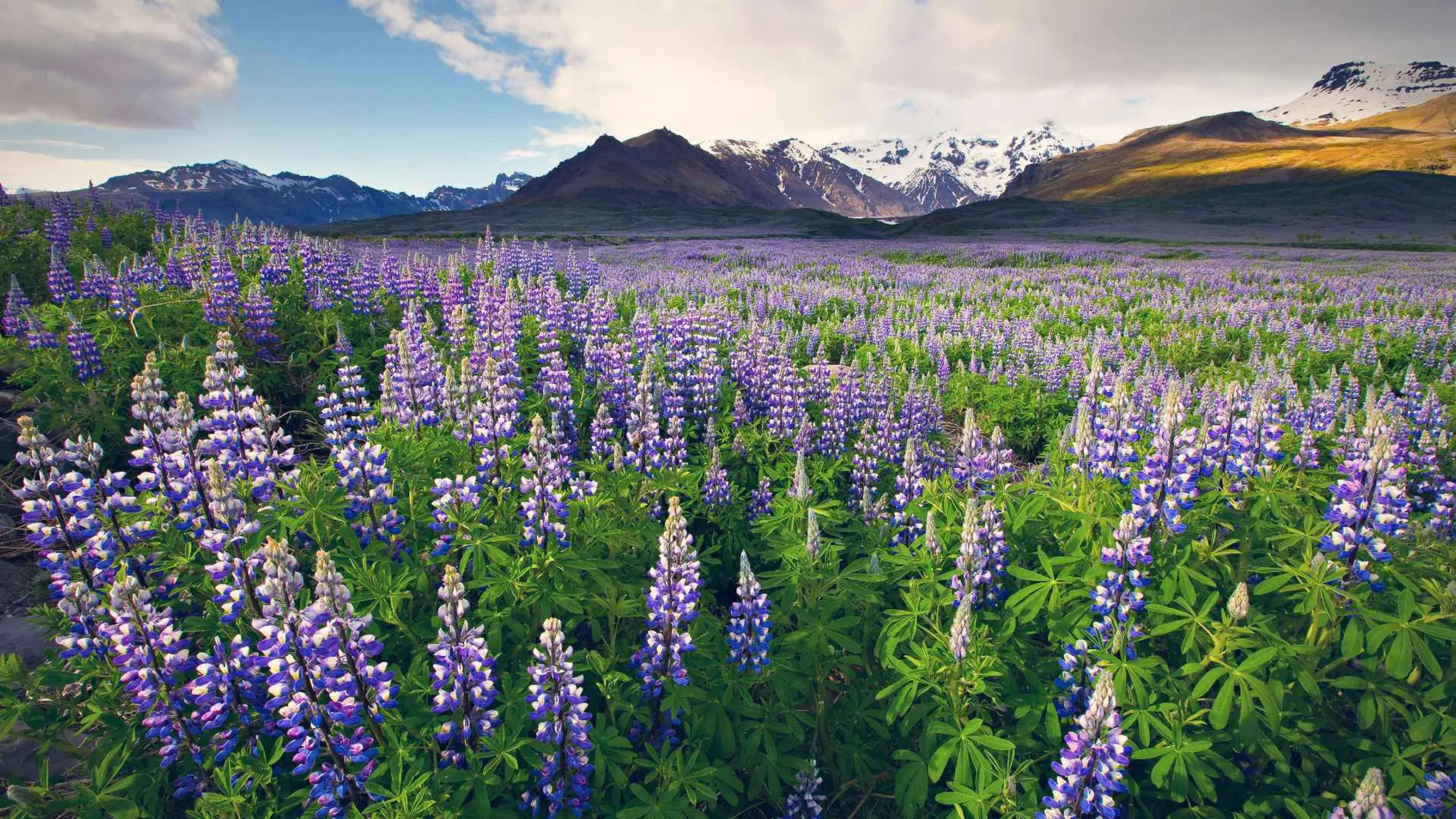 6 Jan 2023
6 Jan 2023Iceland in Spring: Your Guide
Find out why you’ll love visiting Iceland in spring.
Read more of the Iceland in Spring: Your Guide article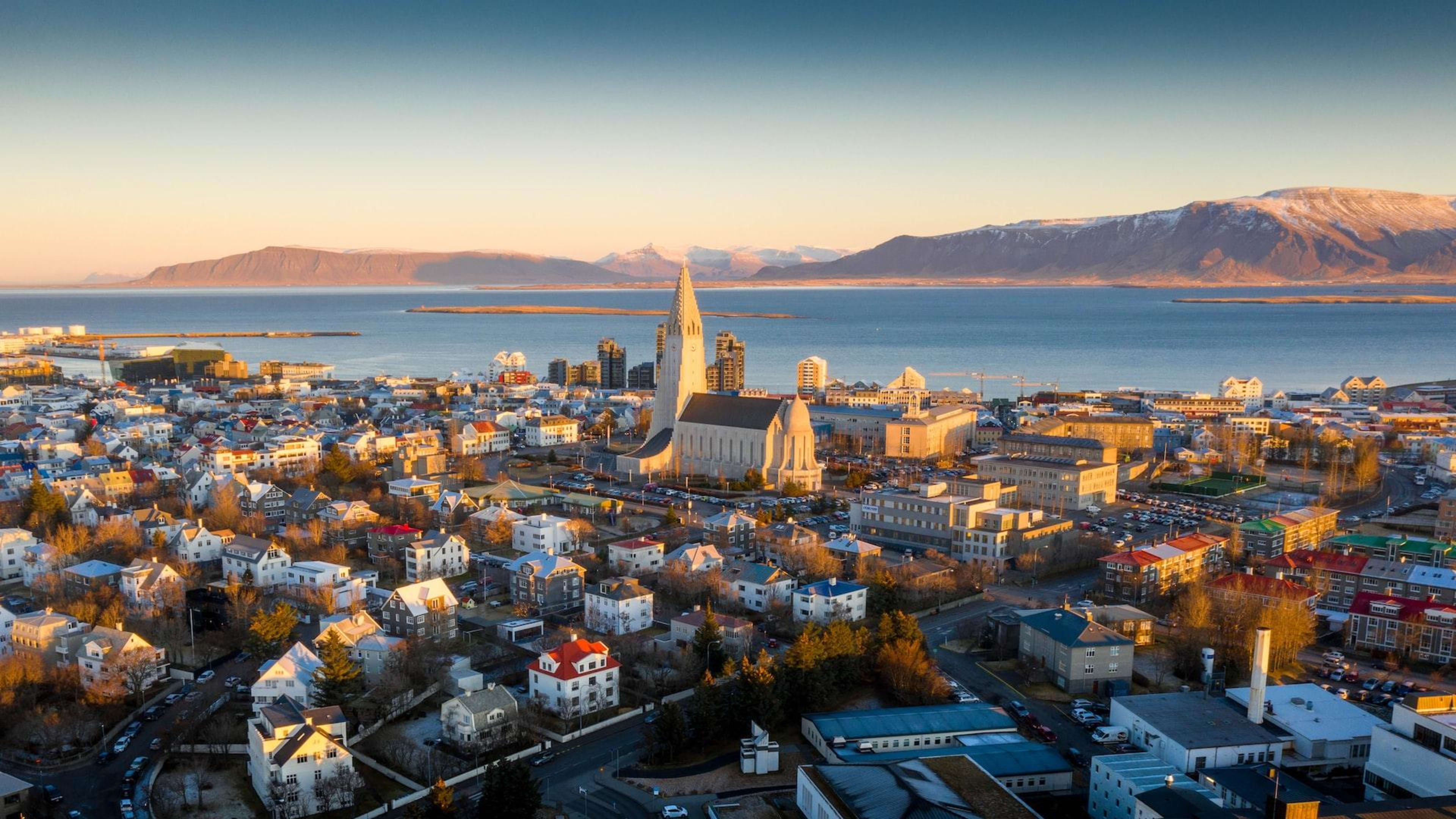 12 Oct 2022
12 Oct 2022Iceland in Summer vs Winter
Which season is best to visit? Get the lowdown.
Read more of the Iceland in Summer vs Winter article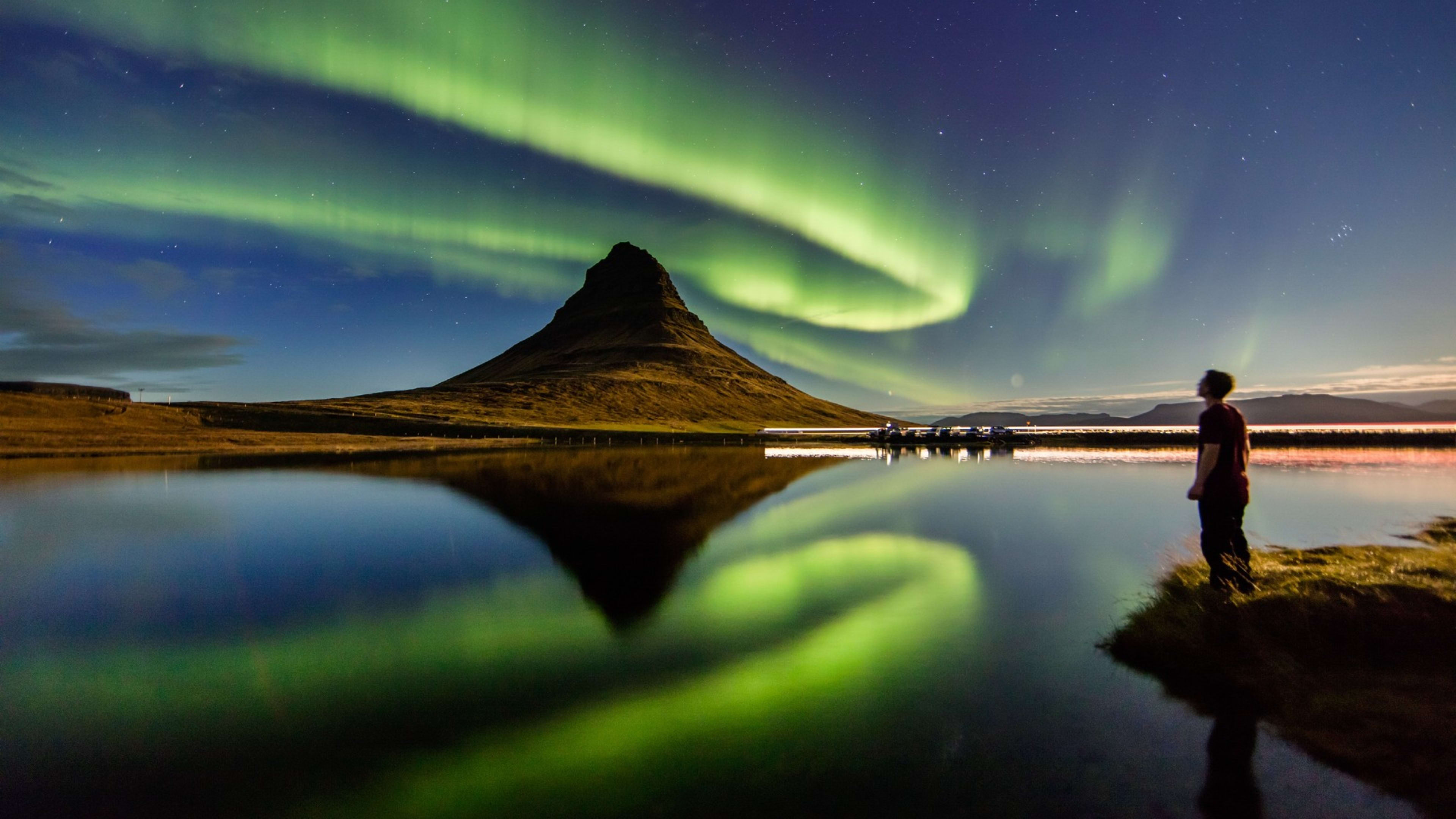 17 Aug 2022
17 Aug 2022Best Time to See the Northern Lights in Iceland
If you want see the aurora, when’s the best time to go to Iceland?
Read more of the Best Time to See the Northern Lights in Iceland article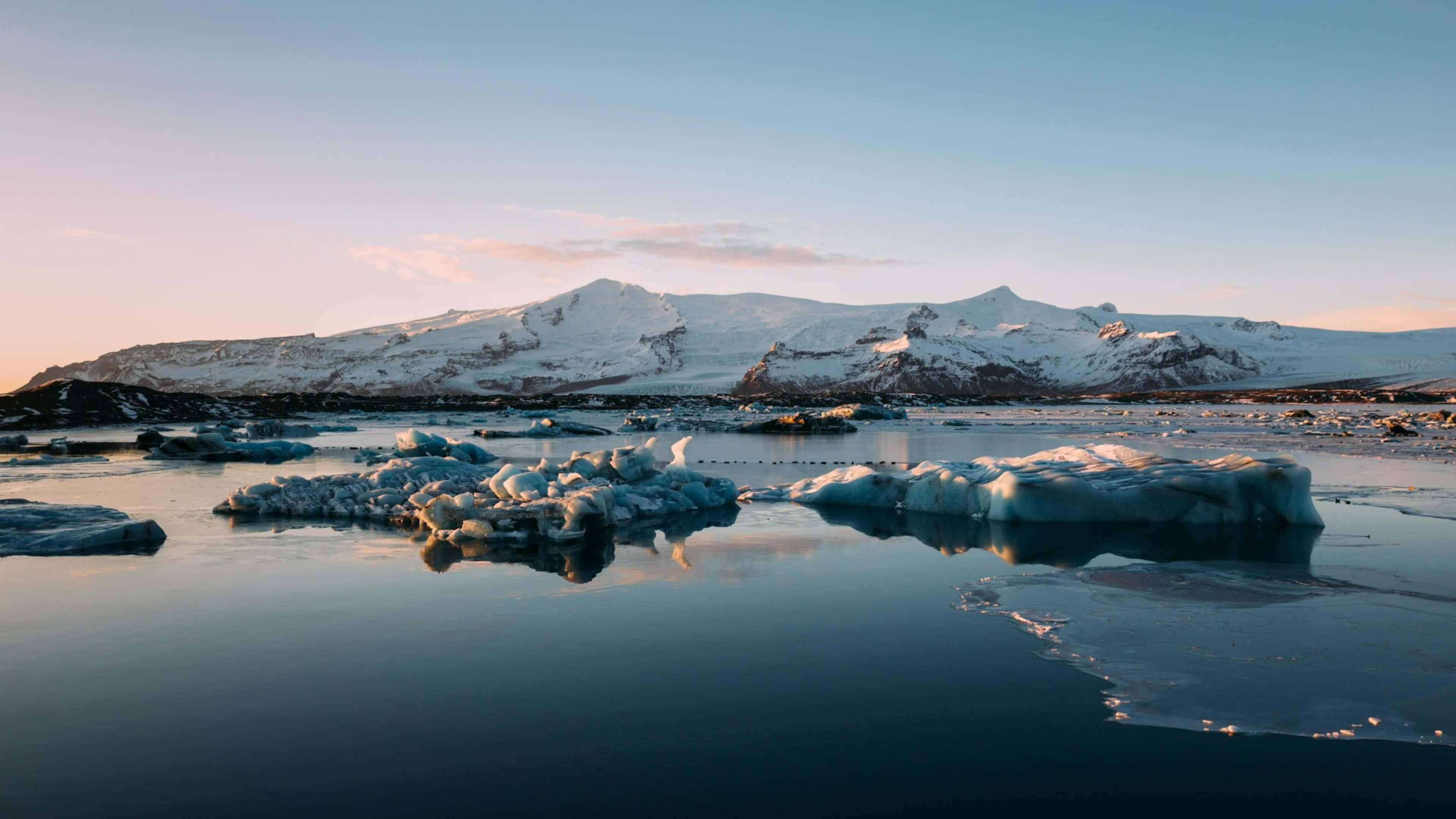 4 Feb 2022
4 Feb 2022Iceland in March: Things to See & Do
All the best things to see and do in the month of March.
Read more of the Iceland in March: Things to See & Do article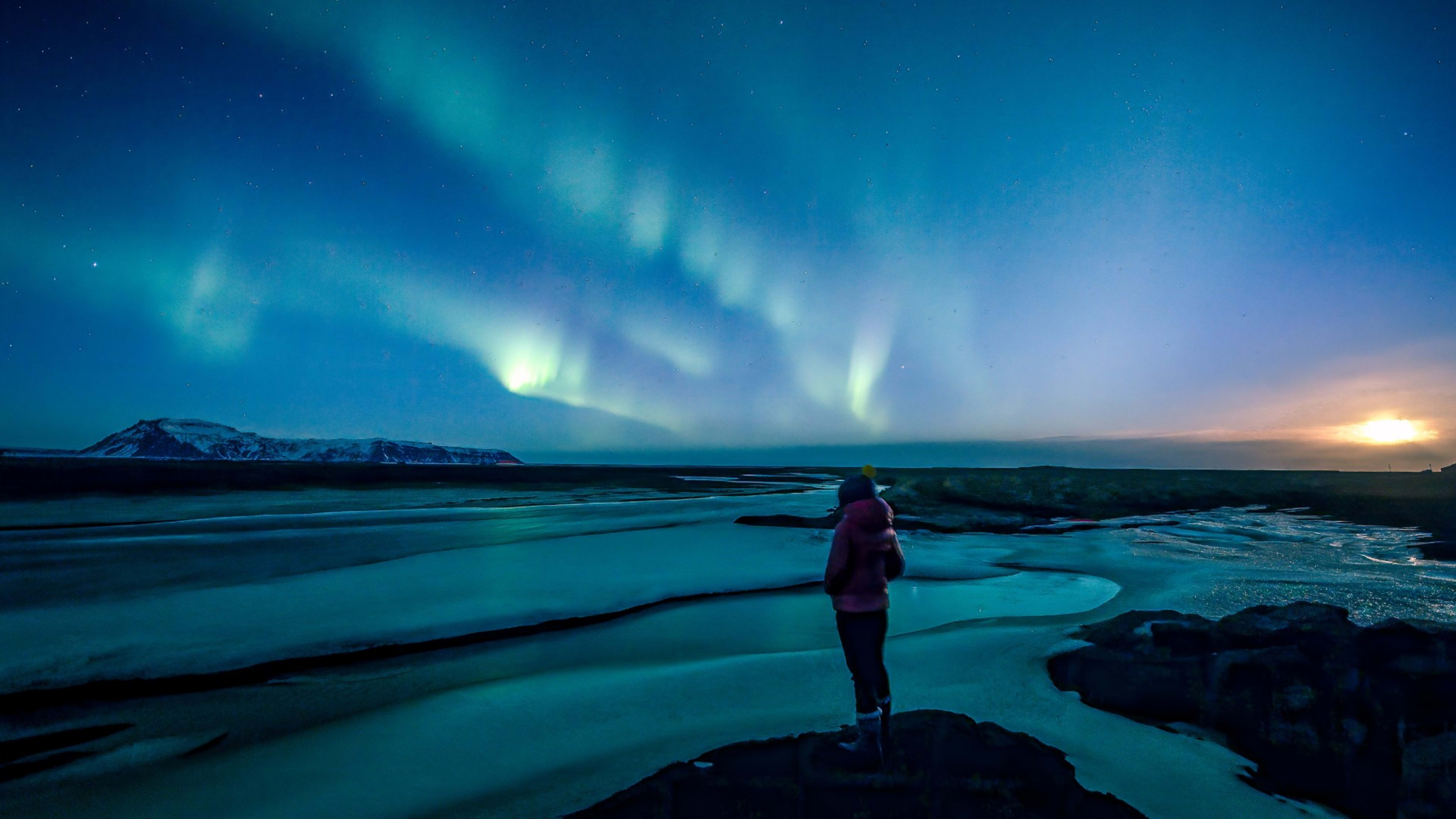 19 Jan 2022
19 Jan 2022Iceland in February: Things to See & Do
All the best things to see and do in the month of February.
Read more of the Iceland in February: Things to See & Do article
